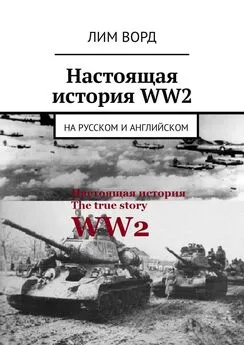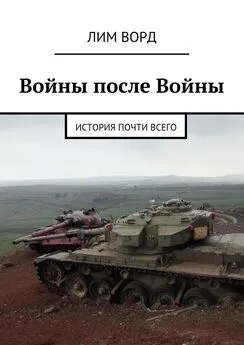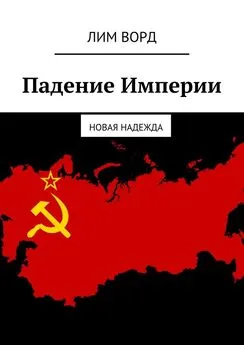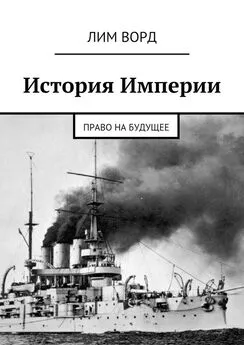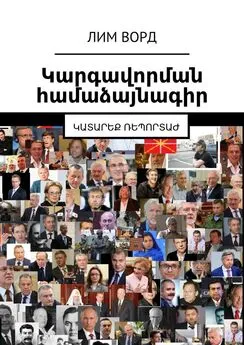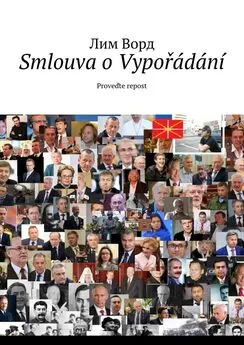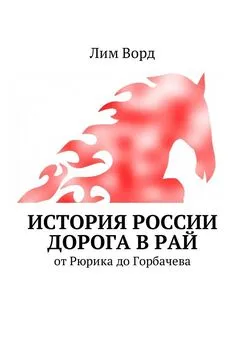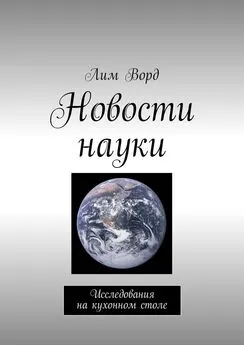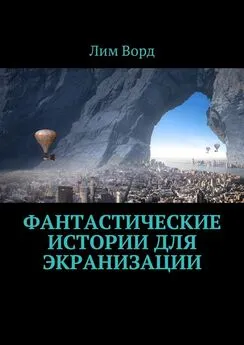Лим Ворд - Настоящая история WW2. На русском и английском
- Название:Настоящая история WW2. На русском и английском
- Автор:
- Жанр:
- Издательство:неизвестно
- Год:неизвестен
- ISBN:9785449312167
- Рейтинг:
- Избранное:Добавить в избранное
-
Отзывы:
-
Ваша оценка:
Лим Ворд - Настоящая история WW2. На русском и английском краткое содержание
Настоящая история WW2. На русском и английском - читать онлайн бесплатно ознакомительный отрывок
Интервал:
Закладка:
From 1931 to 1941, 11218 T-26 (half of the Soviet tank fleet at the beginning of the war) were assembled.
4. ANT-25. The aircraft, created in the USSR specifically for the establishment of world records (1933). The maximum flight duration is 75 hours, the range is 12 411 km., The speed is 240 km. h. Crew of three people. The military version is DB-1 (ANT-36), the cruising speed is 200 km. h, bomb load 1000 kg., combat radius of 2000 km. In this form, 24 cars were built, the air was rarely raised, and finally they were used as targets at the airfield.
June 18, 1937 ANT-25 with a crew from V. Chkalov, G. Baidukov, A. Belyakov takes off from the airfield Shchelkov (30 km from the capital) and makes a flight on the route Moscow-North Pole-United States of America. The landing takes place at Pearson Airfield, Vancouver, Washington (north-west of the USA), with a huge crowd of people. Later, the aircraft in disassembled form, on the ship gets back to the USSR, by our time finds shelter in the museum of Nizhny Novgorod. His double, who also flew to America, already under the control of the crew of M. Gromov, now resides in the museum of Chkalovsk (Schelkovo).
Due to his charisma V. Chkalov establishes a warm, trusting relationship with the Americans.
Returned back, became a world-class pilot, on the ship «Normandy», by coincidence, with the legend of the screen Marlene Dietrich, a German and American actress. Chkalov gives her bouquets of flowers, provides signs of attention, etc., up to the point where a steady rumor of a novel arises.
One thing is clear: such things as «soft power», records simply for the sake of records are often much more important for the security of the country than piles of expensive weapons and loud statements that «we will all beat you,» or: «Our friends – only the Army and Navy». The ANT-25 voyage contributed a lot to the creation of a favorable atmosphere for solving the issue of large-scale Lend-Lease deliveries in the critical year 1941 – without which, perhaps, the USSR would have lost the war.
After this, the Nationalists deploy an offensive in the North of Spain (the province of Asturias). Francists – 40 000 people, 100 units of armored vehicles, 250 aircraft, 250 guns, Republicans – 40 000 fighters, several self-made tanks, 20 aircraft, 80 guns. Nationalists apply their technique and human resources skillfully, without unnecessary losses, and achieve success. Their losses – 10 000 killed, against 30 000 irrevocable human losses of the enemy. But most importantly – the Republicans do not work the economy. The Communist leveling is negatively perceived by both farmers and highly skilled workers, not to mention the nominal owners of enterprises. Peasants do not care who levies from them an increased rent for land – landlords or bearers of bright ideals. Working committees eat government loans, hold rallies on any occasion, do not produce weapons for the army, preferring to him any useful, quickly sold goods. The salary of a militia fighter is 10 pesetas (plus food). In 1937, food prices rose sharply, albeit unevenly in different regions of the country. Kilogram of beef in Madrid costs 5, 75 pesetas, a dozen eggs 3.75, but also for these prices set by the republican government, it is almost impossible to «get it».
To top it off, the disappointed USSR and France recall their best military specialists. In the ranks of Republicans reign defeatism.
In the spring of 1938, a major offensive of the Francoists in the north-east of the country takes place. Italian air squadrons bomb Barcelona, the provisional capital of the Republic, capture part of the autonomous Catalonia, then turn to the south and cut the territory of the Republicans in half. In June, the nationalists are trying to develop success in the south, in Valencia, but run into a well-prepared line of defense, and bear significant losses.
At the end of November, Franco agrees that German companies will own 75% of the extractive industry capital in Spain and 100% in the colonies; after which Germany resumes large-scale military supplies. The republic also purchases equipment in the USSR on preferential terms, but France, after the Munich agreement, no longer wants to enter into a conflict with the Nazis, and stops military cargo on its border.
The Franco Armed Forces – 340,000 men, 300 tanks, 500 aircraft, are against the demoralized, badly armed 200,000-strong army of the Republic in Catalonia. Republicans do not accept the fight, they already have no bright ideals and interbrigades, along with 280 thousand civilian refugees they go to France.
After this, the nationalists without resistance occupy the remaining quarter of Spain. And, on April 1, dictator Franco declares the end of the civil war.
Irrevocable losses of the parties: francists (nationalists) – 130 000 people, Republicans – 320 000.
In addition, Spain loses 510 tons of gold reserves, settling in the USSR (declaring to the Spaniards much later that it was spent on them).
On the side of the Republicans fought about 2,000 volunteers – pilots, tankmen, sailors and military advisers. In battles and from various incidents, 189 people died, 56 received the title of Hero of the Soviet Union. General Pavlov (Pablo) experienced «cleansing», defined the task of creating an exclusively caterpillar tank with a powerful large-caliber (simply – long-barreled) gun, but later, as the commander of the Western Front, swept between the broken armies and divisions, in 1941, was shot. Generals produced 22 pilots, 7 of them in the coming years were repressed. Unfortunately, their idea of replacing the unstable many cadets I-15 (and also the I-16 and the «Seagull») with a new class fighter, was perceived as alarmism, and the proper response from the supreme leadership was not found immediately. In addition, the practical The experience of the confrontation of the Spanish pilots with German aircraft, as always in this system, is strictly classified, and there is no influence on the course of combat training in the Soviet Air Force.
Mikhail Svetlov (Sheinkman) in 1926 wrote the poems «Grenada», put to music by composers of 20 countries, which became a hymn to the interbrigades, since 1956 – a cult Soviet, or rather folk song. The song is good, but, perhaps, in its minor mood, it programmed the fall of the Spanish Republic. The idea that the death of one fighter does not mean anything, the detachment of this loss simply will not notice, does not attach, if you think about it, a positive. Won not the states for which the little man should give everything, but those who are ready to sacrifice much for their citizen.
At the same time, the fascist march, the unofficial German hymn «Horst Wessel» («Banners upwards»), clearly possessing some spiritual power, shows that, they say, then their troops notice the loss of fighters, and they are invisibly marching in the ranks of the surviving storm troopers. The Republican cry – «No pasarán!» – «They will not pass» is also, definitely, passive. Nationalists replace him with their less known, but more active: "¡Pasaremos!» – «We will pass.» In the end, four days before the end of the war, dictator Francisco Franco proclaims something that is very difficult to object: «Hemos pasado» – «We have passed.»
As part of the interbrigade fought, was, among other things, George Orwell (Arthur Blair). In his famous works «1984» and «Animal Farm», he, not without bitterness, shows the degeneration of revolutionary principles, a totalitarian system based on universal fear, enslavement and denunciation.
Francis lives until 1975, after which the post of the head of the country is occupied by King Juan Carlos. The country passes to parliamentarism and constitutional monarchy.
…In March 1938 there was an anschluss, otherwise, annexation, annexation of Austria. Previously, the state apparatus of this country is full of officials receiving a second salary from Germany and pursuing the corresponding policy; At the decisive moment they give the command not to resist the invasion. As a result of the «blindfold war», without losses, the Reich receives an additional 17%, territories and 6.7 million people, as well as 1.4 billion marks in currency and gold reserves. Austria becomes an administrative unit, called «Ostmark».
After the «Munich Collusion» with one of the centers of power in Europe, Great Britain and Germany, Sudetes with all defensive structures, populated by 90% ethnic Germans, and then all of Czechoslovakia are transferred. Poland does not want to miss Soviet aircraft to help the Czech Republic. Resistance is rendered only by one garrison, with the commander of which the higher authorities did not manage to contact in time: twenty-four German soldiers were killed and wounded during a forty-minute battle. In addition to 3.5 million ethnic Germans, Germany receives Skoda factories and six hundred fully ready-to-use, fairly good 38 tanks at that time (25 mm armor, 37 mm cannon, suspension close to the Christie system). England returns to the occupied country (hence, already Germany), taken out before that for storage of gold reserves – 1.4 billion marks. Slovakia becomes an independent state after it transfers southern territories to Germany’s ally, Hungary, 87% inhabited by the Hungarians. At the height of the Sudeten crisis, Poland enters its troops in the Teshinsky region, which belongs to Czechoslovakia, where 80,000 Poles and 120,000 Czechs live.
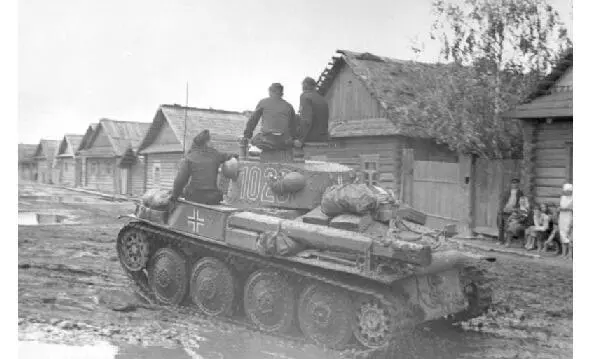
1. Czech tank 38 (t)
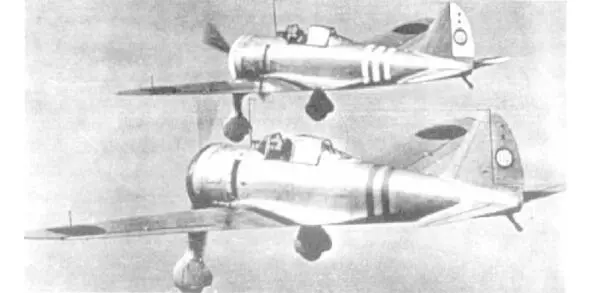
2. Japanese fighter Ki-27
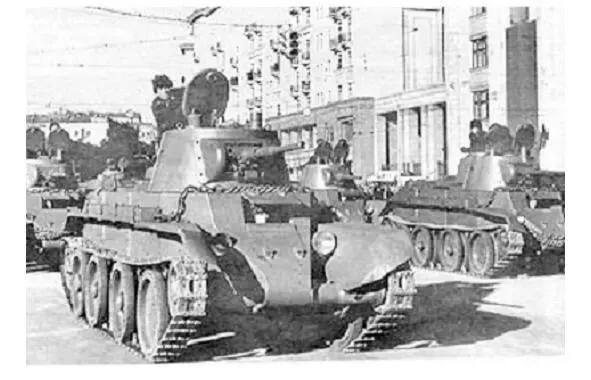
3. BT-7
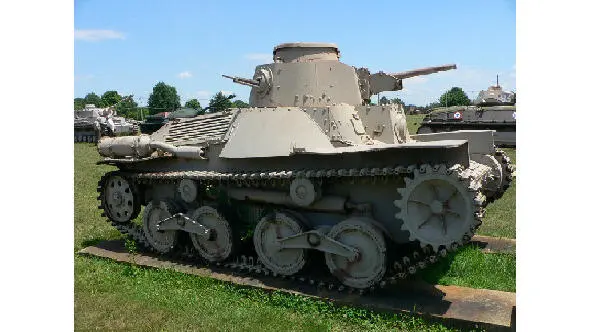
4. Ha-Guo, Type 95
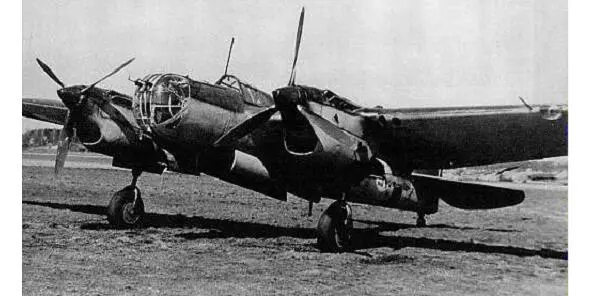
5. ANT-40 (SB)
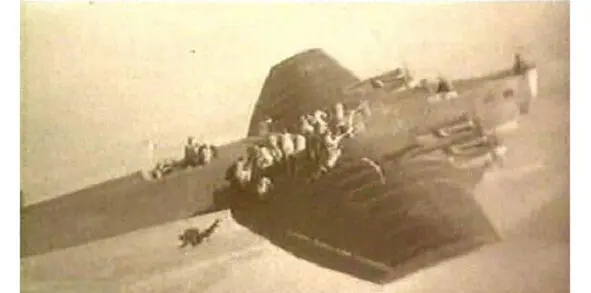
6. TB-3 (ANT-6)
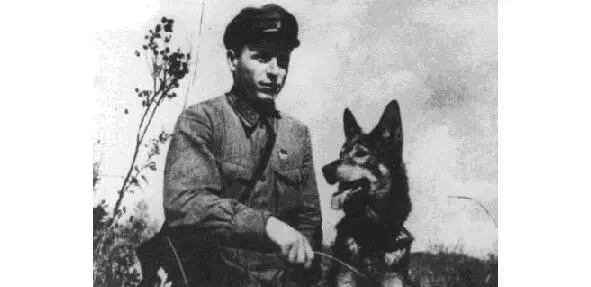
7. Nikita Fedorovich Karatsupa
1. Quite a good Czech tank 38 (t). The «pigeon people» of Czechoslovakia never let them go against the Wehrmacht. In total, the enterprises of Skoda produced 1400 of them. The crew is 3—4 people, the forehead of the body is 25 mm high, the bottom is 12 mm., The hull is 15 mm., The forehead of the tower is 25 mm., The side of the tower is 15 mm. Weight 10 tons. Gun 37 mm, ammunition 72 shells, two machine guns, speed along the highway 48 km. h, cross-country 15 km. h, a power reserve of 230 kilometers.
2. Japanese fighter Ki-27 (in the USSR it was designated as I-97). Armament: two 7.7 mm. a machine gun with 500 cartridges per barrel. The speed of the earth is 395 km. h, at an altitude of 444 km. h. The range of flight is 627 km. From 1938 to 1942 produced 3,400 units.
3. BT-7. Armament: 45 mm. gun, 172 shells, one or two machine guns 7.62 (paired with a gun and aft). Booking: forehead housing 22 mm., Board 15 mm. (plus an outer layer of 4 mm.), the forehead, the side of the tower 15 mm. The speed is 72 km. h on wheels, 52 km. h on the tracks. Power reserve, 460 km. and 375 km. respectively, Crew 3 people. Weight 14 tons. Specific power 28 hp, ground pressure 0,85 kg. see (caterpillars). When driving on wheels, the front pair of rollers becomes controllable, the rear pair driving. Crawler – the steering wheel is removed, the drive from the transmission is sent to the «stars», the control goes to the levers. The destruction of rubber bands – after about 100 km. mileage. The tank performed well in Khalkin-Gol, mediocrely – in the Winter War, differing in the worst side of the T-26 by its high fuel consumption, the noisiness, the complexity of the double drive. In the Great Patriotic War with varying success was used until 1942, after almost universally transferred to educational units. The last participation of BT-7 in military operations – the defeat of the Kwantung Army, 1945. From 1935 to 1940, 5330 vehicles were produced.
Читать дальшеИнтервал:
Закладка:
